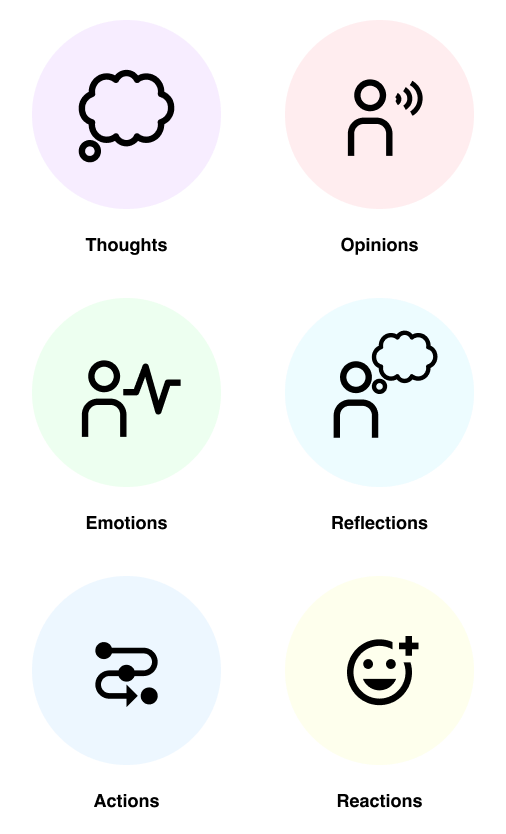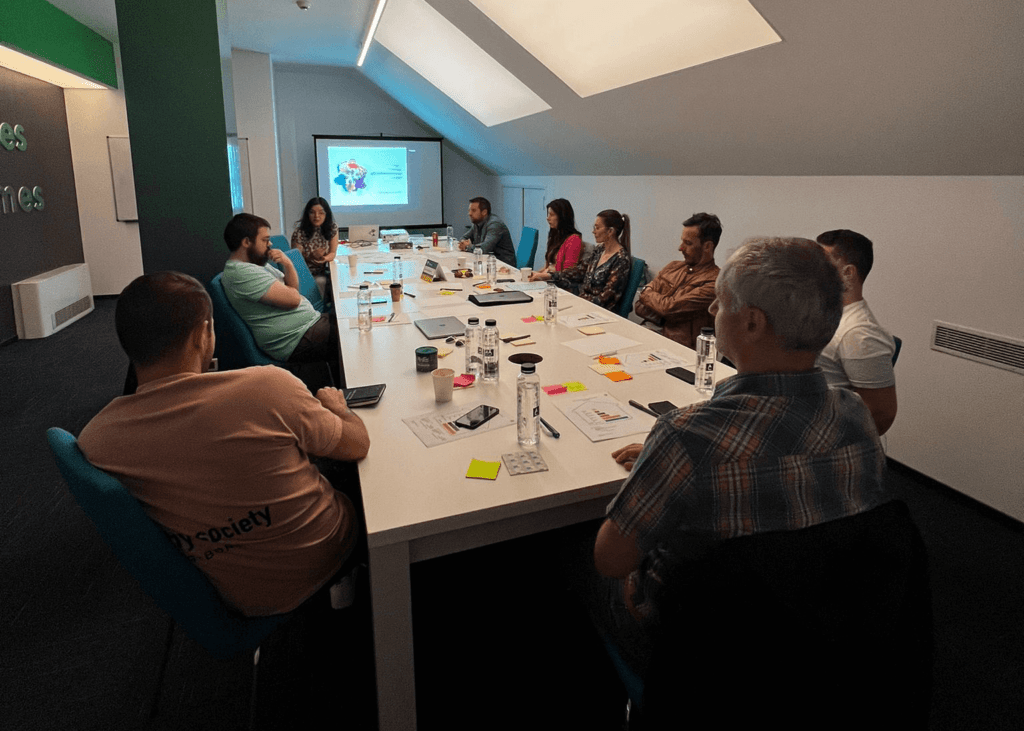- Author: Andrada Homone
The Process Communication Model (PCM) training I attended together with a few colleagues from BoatyardX invited us on a path of self-discovery, showing us different aspects of our personality – including strengths, abilities, attributes, and psychological needs.
This communication model was developed by Dr. Taibi Kahler during the ‘70s as a means of focusing the communication process on people’s psychological strengths, making an inventory of core skills, but also examining different negative elements that exist in all of us.
The negative outputs of our behaviour happen generally when our psychological needs are not met. When this is the case, we ‘put on our mask’ and miscommunicate.
One of the key elements of PCM is perception.
Every one of us perceives the outside world in at least six different ways – through thoughts, opinions, emotions, reflections, actions, or reactions. These perceptions aren’t as simple as the Instagram filters helping us see a prettier version of the world – they also become a way of interacting with other people and moulding our preference on how we want to be interacted with.



The people whose core perception relies on thoughts value facts. They perceive the world through identifying and classifying different facts and people. They focus heavily on details and precise information. I can definitely vouch for this, as my baseline perception is heavily thought-based. I like to think that this has helped me flourish in my project management career thus far.
The ones who identify with opinions as their baseline perception value trust. They perceive the world by analyzing people and situations through their own lenses in terms of values and beliefs. They appreciate loyalty and being involved.
Another type of perception very close to my heart (pun intended) refers to emotions, and values orientated towards relationships. Harmonizers perceive the world through both the people they interact with, the feelings generated by people, and different situations and emotions. Compassion is their strongest trait, quite different from imaginers, for example, who view the worlds through reflection, preferring privacy, time alone and having their own space.
The people who are usually reactive in nature value fun and their world’s filter is defined by their ability to react to people or situations with likes or dislikes. They are also spontaneous and creative, and their main trait is their strong sense of humour.
Knowing how to identify different types of personalities has helped me tailor my communication to suit people’s perceptions and filters. I found it incredibly useful on my projects, in my teams, but also at a personal level.

As leaders, we are also extremely invested in our colleagues’ and team members’ well-being and mental state. PCM communication model offers us insights on how to identify when someone is in distress by the way they are communicating with their peers.
When our communication is not +/+ it leads to a failure in communication. This occurs more frequently than most people realize.
When our perceptions are compatible with others’ there is an easy “match” and stress is minimized. However, some people have personality characteristics that are very different from ours. In these cases, there is no easy “match” and stress increases as we interact. Unless we are able to shift our energy to match the other person’s Channel, Perception, or both, we may experience sufficient stress in the situation so that one or both of us moves into a Distress Sequence or pattern of miscommunication and mismanagement. The further someone moves into distress, the more miscommunication and mismanagement will occur.
“How can you become a better communicator?
First, learn to better understand yourself, your psychological needs and identify your stress patterns. When under stress, take a 10-minute break – do a yoga session, play your drums or just breathe and only then proceed to have “that conversation”. Then comes the most difficult part – learning how to identify the same stress patterns in people around you and providing them with the means of surpassing the stressors and energising their psychological batteries.
“The Process Communication Model training we attended focused on providing insights and ways of putting in practice everything that we learned, helping us have many "AHA" moments and invited us to reflect.”
Adelina, Senior Software Engineer at BoatyardX
Photo credits: Unsplash
Get in Contact
If you have a new concept or existing product and are considering taking the next steps, we would love to discuss if a BoatyardX Discovery project can help you achieve your product vision. Reach out at letsgettowork@boatyardx.com